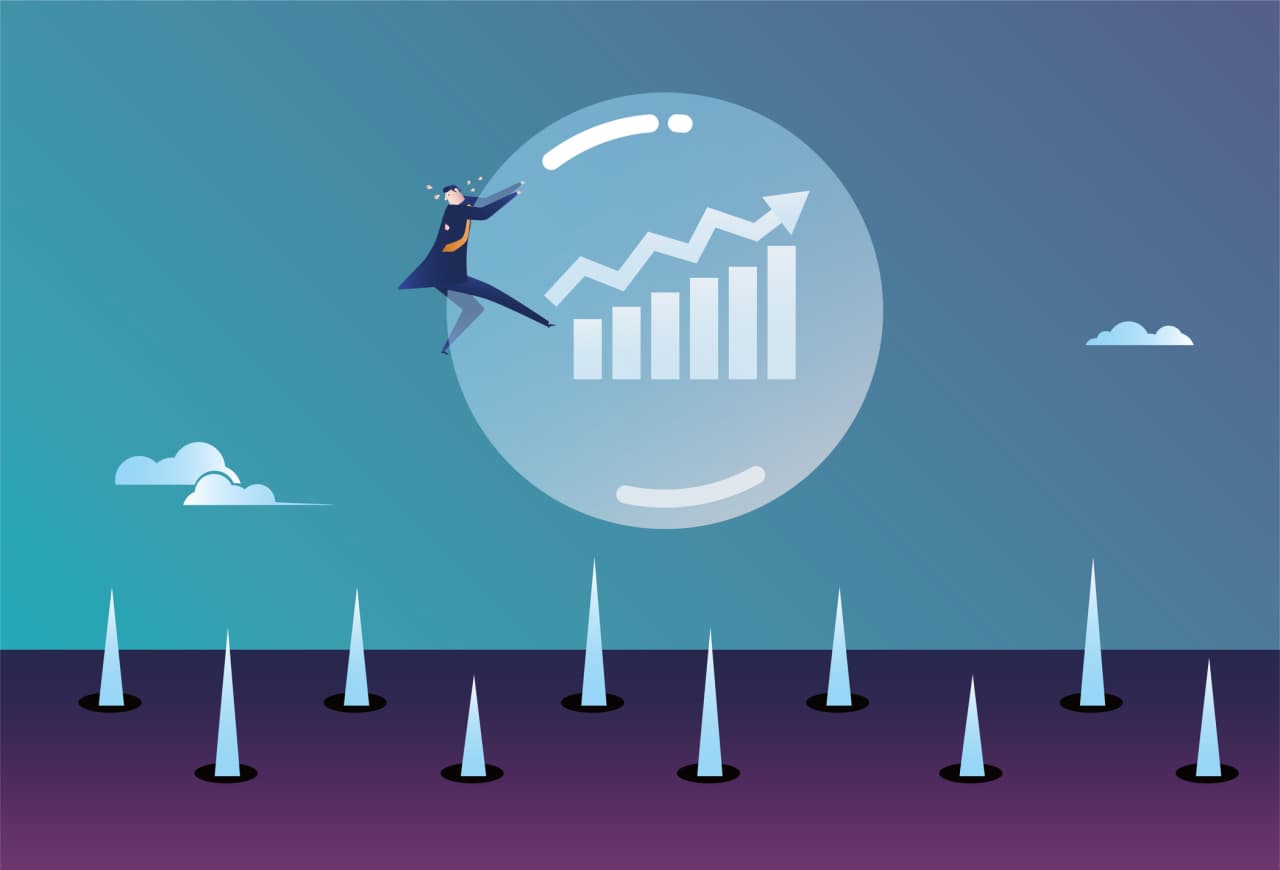Is the Stock Market on the Brink of a Bubble? Investors Sound the Alarm
New York, USA – August 31, 2025
As global stock markets continue their meteoric rise, a growing chorus of investors, analysts, and economists is raising concerns about the formation of a potential financial bubble. Fueled by record-high valuations, speculative trading, and unprecedented monetary policies, the market’s exuberance has sparked debate: is this a sustainable rally, or are we teetering on the edge of a catastrophic collapse?
Why Do So Many Investors Think the Stock Market Is Forming a Bubble?
Skyrocketing Valuations and Tech Frenzy
The S&P 500 and Nasdaq have soared to all-time highs in 2025, driven largely by technology giants and artificial intelligence (AI) stocks. Companies like Nvidia, Tesla, and emerging AI firms have seen their valuations skyrocket, with price-to-earnings (P/E) ratios far exceeding historical averages. For instance, the S&P 500’s forward P/E ratio is hovering around 25, compared to a historical average of 15.6, prompting comparisons to the dot-com bubble of the early 2000s. “When you see valuations detached from fundamentals, it’s a red flag,” says Sarah Klein, a senior analyst at Goldman Sachs. “The hype around AI is reminiscent of the internet stock mania.”
Speculative Trading and Retail Investor Surge
The rise of retail investing platforms and social media-driven trading has fueled speculative behavior. Platforms like Robinhood and eToro have democratized access to markets, but they’ve also encouraged risky bets on meme stocks and cryptocurrencies. Posts on X highlight retail investors pouring money into volatile assets, with one user noting, “Everyone’s chasing the next big thing, but nobody’s asking what happens when the music stops.” Margin debt levels, which measure borrowing to buy stocks, have also reached record highs, echoing patterns seen before the 2008 financial crisis.
Ultra-Loose Monetary Policy
Central banks, particularly the Federal Reserve, have maintained low interest rates and quantitative easing measures to support economic recovery post-pandemic. While these policies have propped up markets, critics argue they’ve inflated asset prices to unsustainable levels. “Cheap money has been the rocket fuel for this rally,” says James Thornton, a hedge fund manager. “But with inflation creeping up and the Fed signaling tighter policy, the market could be in for a rude awakening.” Recent Fed statements suggest rate hikes could begin as early as Q1 2026, adding to bubble fears.
Concentration Risk in Mega-Cap Stocks
The market’s gains are heavily concentrated in a handful of mega-cap tech stocks, often referred to as the “Magnificent Seven.” This lack of diversification raises concerns about systemic risk. If these stocks falter—due to regulatory scrutiny, earnings misses, or geopolitical shocks—the broader market could face significant downward pressure. “The market is riding on the backs of a few giants,” warns economist Laura Chen. “That’s not a sign of a healthy rally.”
Historical Parallels and Warning Signs
Investors point to historical bubbles, like the dot-com crash and the 2008 housing crisis, as cautionary tales. High levels of corporate debt, rising inflation, and geopolitical tensions—such as the ongoing Russia-Ukraine conflict—add to the unease. A recent Bank of America survey found that 68% of fund managers believe the market is in a bubble, with many citing “irrational exuberance” among investors as a key driver.
Counterarguments: A New Paradigm?
Not all experts agree the market is in a bubble. Optimists argue that technological advancements, particularly in AI and renewable energy, justify high valuations. They point to strong corporate earnings and global economic growth as evidence of a fundamentally sound market. “This isn’t a bubble; it’s a transformation,” says tech investor Mark Daniels. “AI is creating new industries, and the market is pricing in that potential.”
What’s Next?
As warnings mount, investors are bracing for volatility. Some are hedging their portfolios with defensive assets like bonds and gold, while others continue to ride the wave of optimism. The consensus, however, is that any trigger—be it a policy shift, a major corporate earnings miss, or an external shock—could test the market’s resilience. “Bubbles don’t burst until they do,” says Klein. “The question is how long this one can keep inflating.”
Sources: Information compiled from Bloomberg, Financial Times, and posts on X discussing market trends and investor sentiment.
